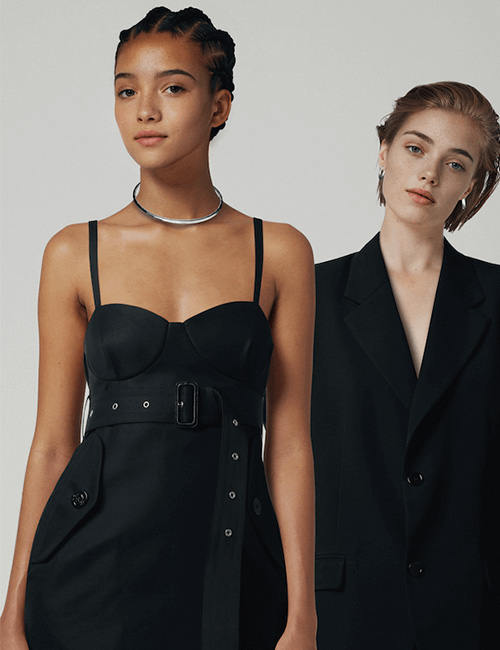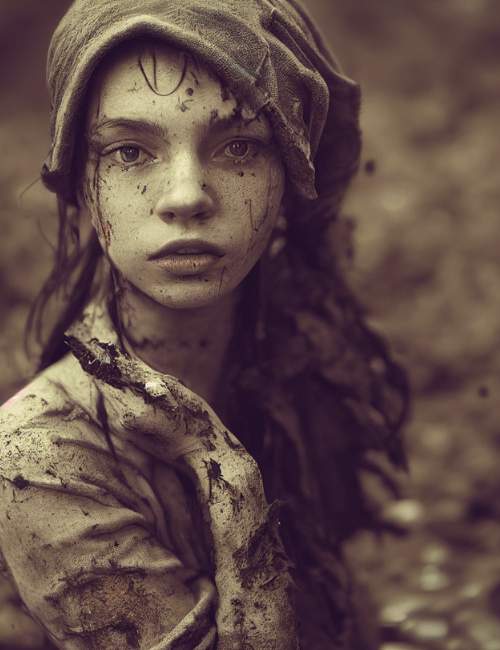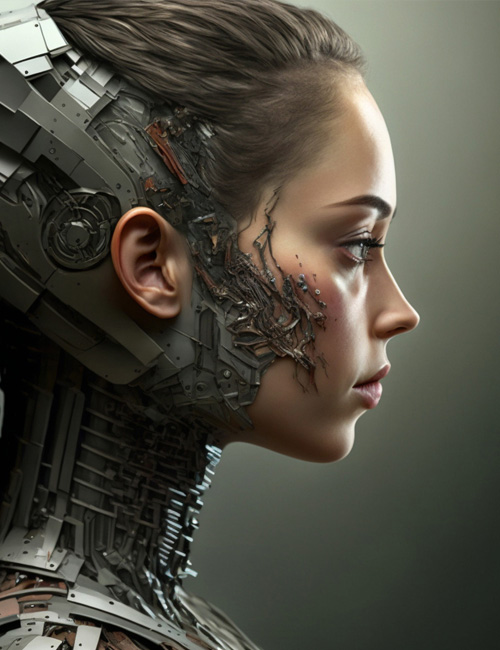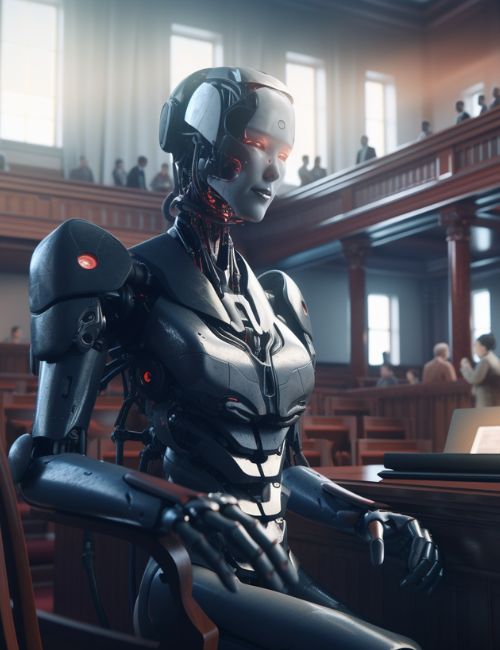Introduction
The fashion industry has relied on models for decades to showcase clothing, set trends, and represent beauty standards. However, the rise of AI and the implementation of advanced technologies may soon threaten the livelihood of fashion models - which is no suprise, there's a blog post I published where I went in detail on how you can make almost realistic professional headshots of yourself.
In this article, I will discuss the reasons why AI-generated models are likely to replace traditional fashion models and the implications this change may have on the industry.
"Success in creating effective AI, could be the biggest event in the history of our civilization. Or the worst. We just don’t know. So, we cannot know if we will be infinitely helped by AI, or ignored by it and side-lined, or conceivably destroyed by it." — Stephen Hawking
The Emergence of AI-Generated Models
Companies like Lalaland have raised millions in VC funding and have been making waves in the fashion industry with their AI-generated models. These models are created using a combination of advanced algorithms and large datasets, resulting in hyper-realistic and diverse avatars that can be customized to fit any brand's image. The benefits of using AI-generated models are numerous, and they're reshaping the way fashion brands approach their marketing strategies.
Cost-Effectiveness
One of the most compelling reasons to opt for AI-generated models is the cost savings. Traditional photoshoots are expensive, time-consuming, and require a team of professionals. On the other hand, AI-generated models eliminate the need for physical photoshoots, reducing costs associated with hiring models, photographers, and makeup artists.
Hyper-Customization
AI-generated models can be easily tailored to suit a brand's specific needs, allowing for more targeted and inclusive marketing campaigns. Brands can create models of any body type, size, skin tone, or gender, fostering a more diverse and representative fashion industry. This level of customization enables brands to cater to a broader audience and appeal to a wider range of consumers.
Sustainability
The fashion industry is notorious for its environmental impact, and the reliance on traditional photoshoots only exacerbates the problem. AI-generated models offer a more sustainable solution by reducing waste, energy consumption, and travel requirements. By embracing this technology, the fashion industry can take a step towards a greener future.
Increased Efficiency
AI-generated models streamline the content creation process, allowing for faster production and increased output. Brands can quickly create and modify digital models, adapting them to new collections and trends with ease. This efficiency can lead to shorter lead times and quicker responses to market demands.
The Future of Fashion Models
The potential consequences for fashion models cannot be ignored. As brands increasingly turn to AI-generated models, traditional fashion models may face dwindling job opportunities. However, it's important to remember that AI-generated models are not a perfect replacement for human models. The emotional connection, creativity, and authenticity that human models bring to a campaign are difficult to replicate with AI.
In conclusion, the rise of AI-generated models may signal a fundamental shift in the fashion industry. While this technology offers numerous benefits for brands, it also highlights the importance of reevaluating the role of human models in the industry. As AI-generated models continue to grow in popularity, the fashion industry must adapt and evolve to ensure that human models maintain their relevance in an ever-changing landscape.
Leave a Reply
What's your thoughts?





